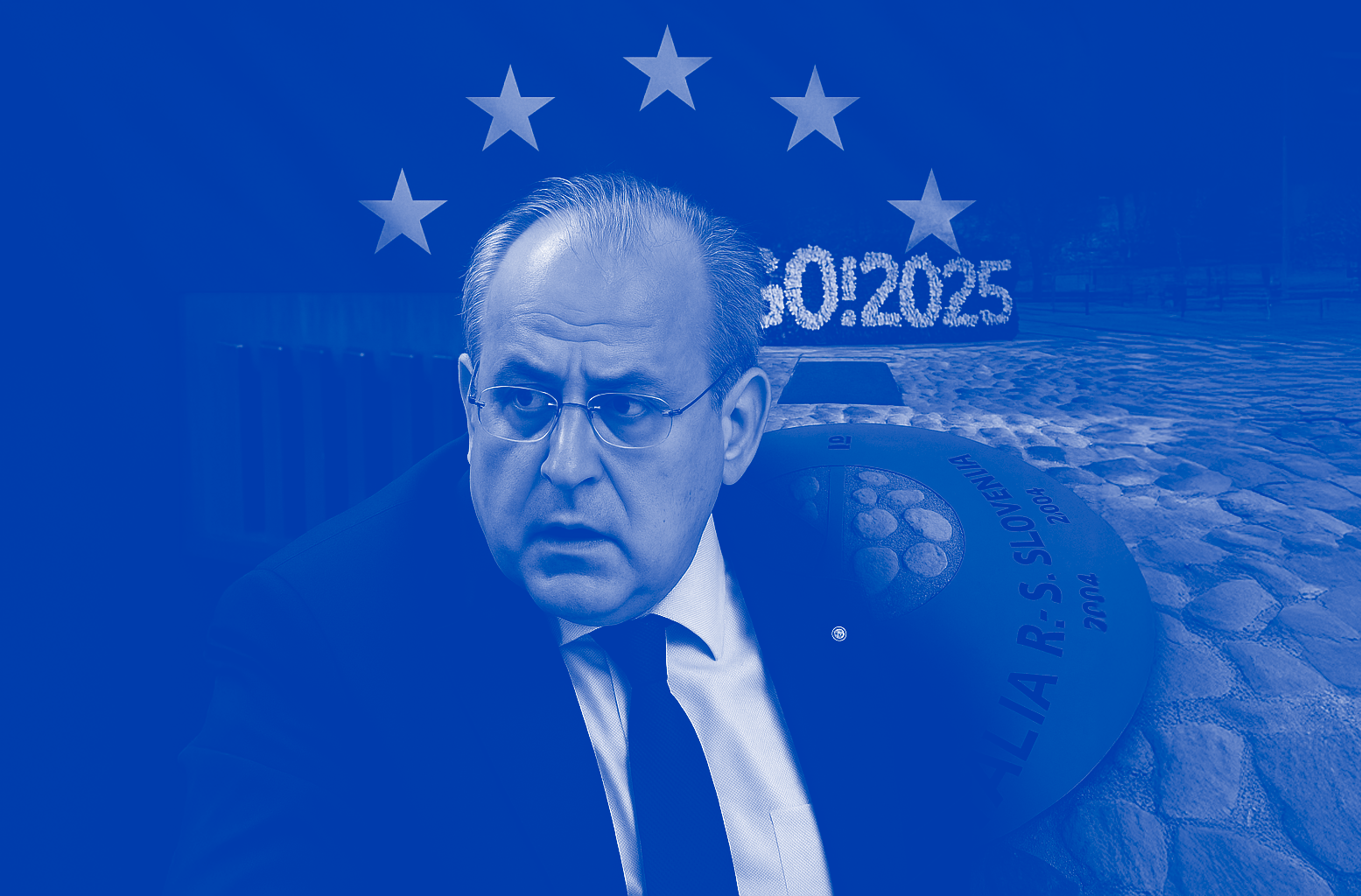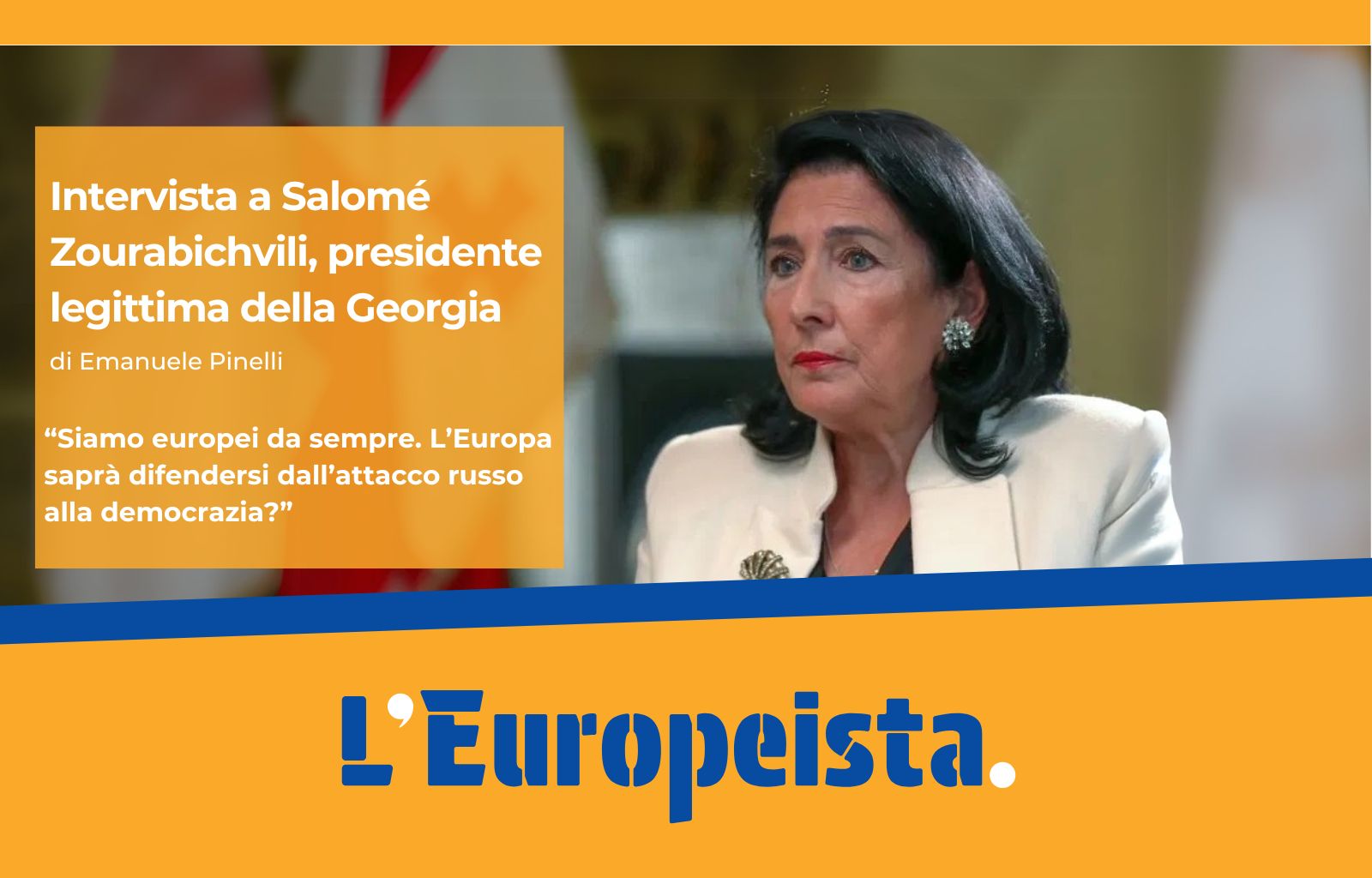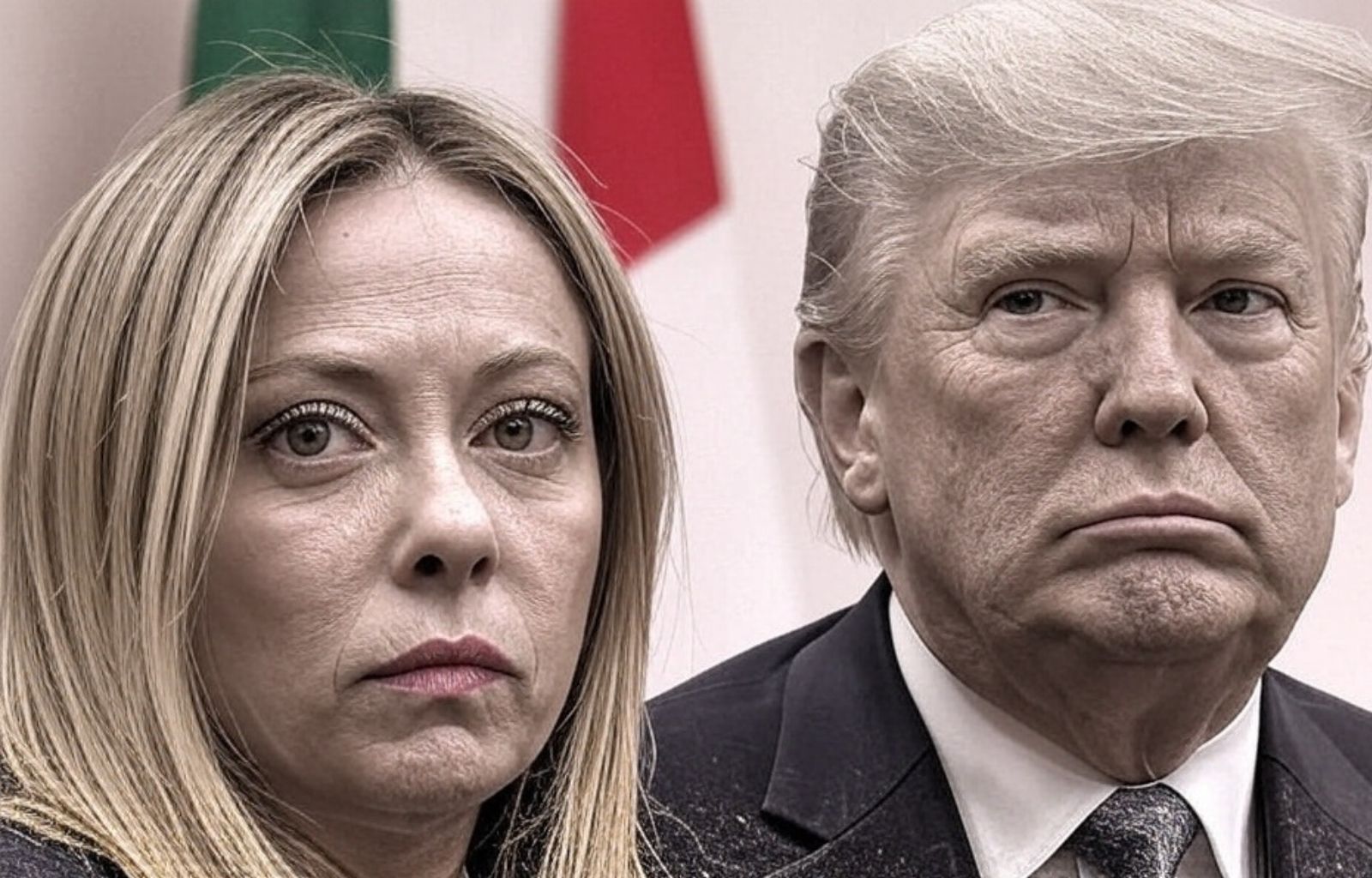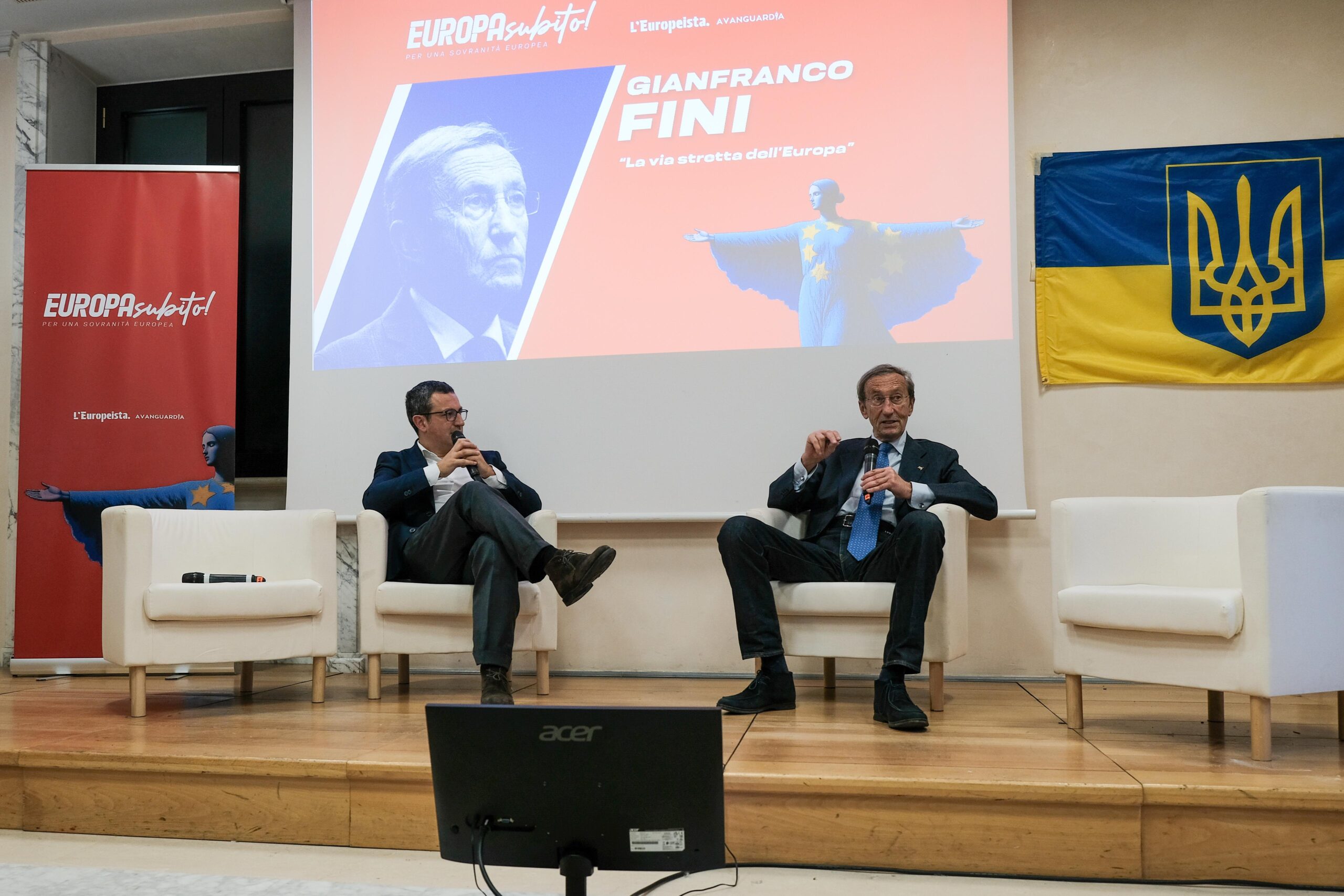India has awakened as a power: implications for Europe

India changing the world: a new strategic challenge for Europe
In the last ten years, India has made an extraordinary qualitative leap, transforming itself from the ‘great promise’ of South Asia into an acknowledged protagonist of the global economy and multilateral diplomacy. A change that is as rapid as it is profound, which today places the subcontinent at the centre of the geopolitical transformations of the 21st century and obliges Europe to recalibrate its strategies towards New Delhi, going beyond the traditional approach that saw it simply as an ’emerging market’.
In 2014, India’s gross domestic product accounted for barely 40 per cent of Japan’s; today, India’s economy has already surpassed Japan in terms of purchasing power parity and is set to climb further up the global league table, approaching Germany’s level at current prices by 2030. But beyond the numbers, what is striking is the new strategic awareness with which India presents itself on the international scene, in a global context marked by systemic rivalry between the West and China, fragmentation of value chains and a growing need for ‘de-risking’ and diversification.
The rise of a systemic actor
India is no longer just a regional power. It is a systemic actor, capable of exerting influence through diplomatic, economic, technological and cultural means. Its activism in the Indo-Pacific – a region that concentrates the tensions and strategic opportunities of the century – is accompanied by a cooperative vision that translates into the promotion of international platforms such as theInternational Solar Alliance and the Coalition for Disaster Resilient Infrastructure. Within the G20, India has played a growing role as the voice of the Global South, attempting to mediate between divergent interests and offer multilateral solutions to common challenges.
Domestically, India has also undertaken significant reforms to improve its business environment and attract investment: from the introduction of the National Goods and Services Tax (GST) to the expansion of e-governance and the digitisation of the economy. These steps have made the regulatory environment more predictable and attractive, while leaving intact the need to understand the deep diversity across the country’s 28 federated states, each with its own industrial, cultural and political peculiarities. India is the world’s largest democracy, a model of religious, linguistic and ethnic pluralism that is too often taken for granted.
Regional security and implications for Europe
Recent tensions between India and Pakistan, triggered by the 22 April 2025 terrorist attack in Pahalgam, in which 26 tourists lost their lives, have rekindled concerns about stability in the Kashmir region. India blamed the attack on Pakistan-based militant groups, while Islamabad denied any involvement. In response, India took drastic measures, including expelling Pakistani diplomats, suspending the Indus Waters Treaty and banning imports from Pakistan. In turn, Pakistan carried out a test of a ballistic missile and closed its airspace to Indian aircraft.
This escalation highlights the challenges India faces in maintaining regional security, a crucial aspect for Europe in considering India as a strategic partner. Stability in the subcontinent is crucial for joint initiatives in security, trade and technology. Therefore, Europe must take these dynamics into account when strengthening cooperation with India, while promoting dialogue and peace in the region.
Europe between addictions and opportunities
In this scenario, Europe is also at a crossroads. The need to reduce strategic dependence on China and the instability of the transatlantic link are pushing Brussels to seek new poles of equilibrium. India thus emerges as a natural partner, with which to build not only trade relations, but also shared platforms for security, industrial supply chain resilience, sustainable connectivity and technological development.
After almost a decade of stagnation, negotiations for a Free Trade Agreement (FTA) between the European Union and India resumed in June 2022. Their completion, ideally expected by 2025, would sanction India’s entry into the EU’s small group of ‘preferential’ trading partners. In parallel, two strategic instruments were signed: a digital roadmap with a focus on reliable artificial intelligence, 5G/6G technologies and semiconductors, and a partnership for sustainable connectivity that will feed into the development of the India-Middle East-Europe Corridor (IMEC), designed as an alternative to global routes dominated by China.
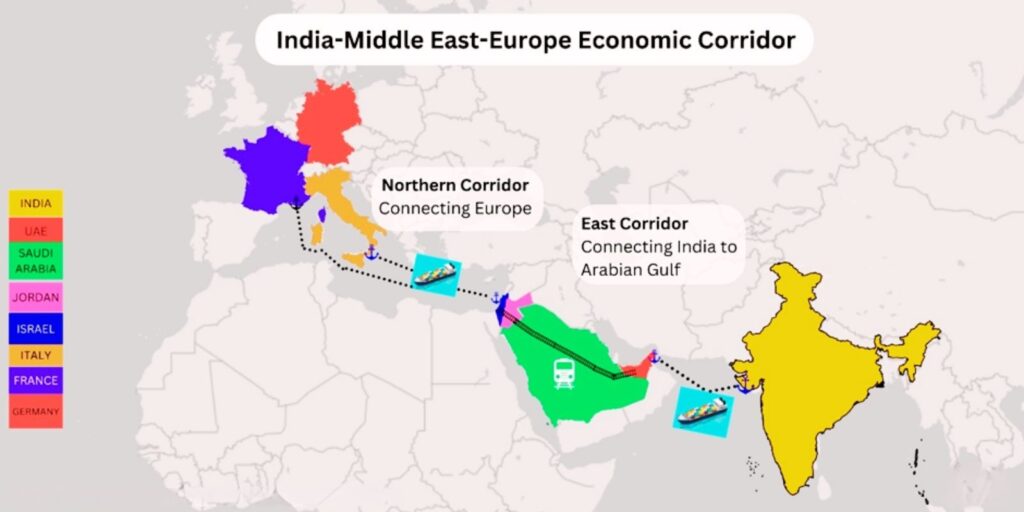
For European companies, these developments translate into greater regulatory predictability, progressive tariff reductions in key sectors, common standards on e-commerce and data protection, mutual recognition of geographical indications, and fast lanes for business visas and talent mobility.
Soft power and intangible factors
However, in order to fully seize the opportunities offered by the Indian market, Europe must also pay attention to the ‘soft’ dynamics that characterise the relationship with New Delhi. Public narratives, reputational perceptions of foreign countries and sensitivity to cultural identities are central elements in establishing lasting relations. In a complex federal system, success depends not only on agreements at the central level, but also on the ability to understand local industrial networks, state incentive programmes and regional political dynamics.
In the most strategic sectors – such as defence, telecommunications, health data – the Indian government maintains a high level of control and imposes strict conditions for the entry of foreign partners. This requires attention to regulatory compliance, transparency in investment processes, and a medium- to long-term strategy based on mutual trust.

Towards 2030: a common agenda to be built
Looking ahead to 2030, the stakes are high. The growing competition in the heart of the Indo-Pacific – between ‘China +1’ supply chains, tensions in the South China Sea, new energy and digital routes – makes India an unavoidable strategic partner for a Europe that wants to remain a protagonist in the global scenario. But this partnership cannot be based on abstract formulas: it will have to be translated into concrete investments, joint projects, skills transfer, technological co-innovation and reciprocal opening of markets.
India can become the test-bed for a European industrial policy that is measured outside the borders of the internal market, testing the EU’s ability to act as a coherent geopolitical actor. The challenge for the European institutions is twofold: to build a favourable regulatory framework for economic cooperation, and to accompany companies on a path of cultural and strategic adaptation to India’s specificities.
For European companies and players who will be able to grasp this transition with a long-term spirit, India represents an extraordinary opportunity: not only to enter one of the world’s most dynamic markets, but to help design a new multipolar balance, in which Europe and India can recognise each other as equal partners in building the global order of the future.
The power of which we must become allies
In short, India has finally discovered that it is a power. This new international posture is not ephemeral. In this context, Europe has the – perhaps unrepeatable – opportunity to stand alongside India not only as an investor or exporter, but as a strategic partner. It means recognising the centrality of the subcontinent in redefining global balances, building ties that go beyond the economic conjuncture, investing in long-term relations based on respect, reciprocity and shared vision. India has set out on the path. Europe, if it knows how to walk alongside it, can rediscover an active role in building the world to come.


